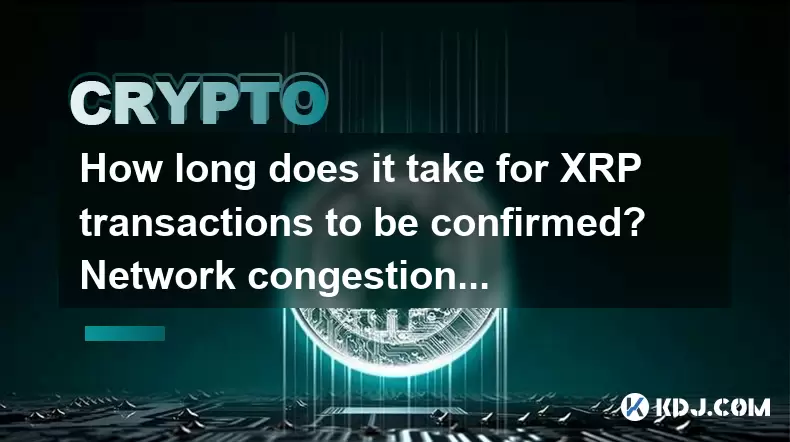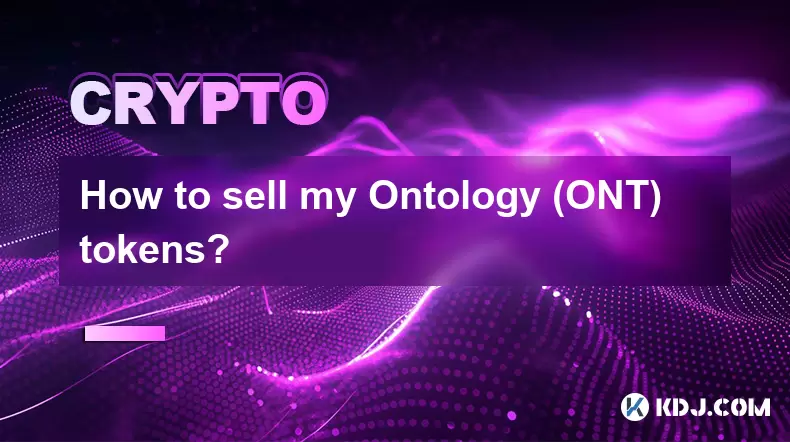-
 Bitcoin
Bitcoin $116900
0.00% -
 Ethereum
Ethereum $4280
5.48% -
 XRP
XRP $3.265
-1.45% -
 Tether USDt
Tether USDt $1.000
-0.01% -
 BNB
BNB $807.0
1.41% -
 Solana
Solana $183.1
2.93% -
 USDC
USDC $0.9999
0.00% -
 Dogecoin
Dogecoin $0.2440
6.50% -
 TRON
TRON $0.3357
-0.88% -
 Cardano
Cardano $0.8178
2.63% -
 Hyperliquid
Hyperliquid $44.13
7.45% -
 Chainlink
Chainlink $21.39
9.09% -
 Stellar
Stellar $0.4524
-0.84% -
 Sui
Sui $3.957
2.13% -
 Bitcoin Cash
Bitcoin Cash $572.7
-2.54% -
 Hedera
Hedera $0.2671
1.54% -
 Avalanche
Avalanche $24.77
4.17% -
 Ethena USDe
Ethena USDe $1.001
0.02% -
 Litecoin
Litecoin $122.3
-1.94% -
 Toncoin
Toncoin $3.432
2.26% -
 UNUS SED LEO
UNUS SED LEO $9.007
0.49% -
 Shiba Inu
Shiba Inu $0.00001396
5.26% -
 Uniswap
Uniswap $11.09
1.64% -
 Polkadot
Polkadot $4.155
4.57% -
 Dai
Dai $1.000
0.00% -
 Pepe
Pepe $0.00001253
5.11% -
 Cronos
Cronos $0.1588
2.67% -
 Bitget Token
Bitget Token $4.512
0.05% -
 Monero
Monero $275.0
0.64% -
 Ethena
Ethena $0.7527
15.10%
How long does it take for XRP transactions to be confirmed? Network congestion response strategy
XRP transactions can take 3-5 seconds to confirm, but network congestion can increase this time; users can manage this by adjusting fees or using LastLedgerSequence.
May 11, 2025 at 08:50 pm

The confirmation time for XRP transactions can vary based on several factors, including network congestion. Understanding these factors and knowing how to respond to network congestion can help users manage their expectations and optimize their transaction processes.
Understanding XRP Transaction Confirmation Times
XRP transactions are known for their speed, with the potential to be confirmed in as little as 3-5 seconds under optimal conditions. This rapid confirmation time is one of the key advantages of using the XRP Ledger. However, this time can increase if the network experiences high levels of congestion.
Factors Affecting XRP Transaction Confirmation Times
Several factors can influence how long it takes for an XRP transaction to be confirmed. Network congestion is the primary factor; when many transactions are being processed simultaneously, the ledger can take longer to validate each one. Additionally, the transaction fee set by the sender plays a role. Higher fees can incentivize validators to prioritize a transaction, potentially leading to faster confirmation times.
How to Check XRP Network Congestion
To gauge the current level of network congestion, users can visit several online resources that provide real-time data on the XRP Ledger's performance. Websites such as XRPL.org and Bithomp.com offer dashboards that display current transaction volumes, average confirmation times, and other relevant metrics. By monitoring these resources, users can get a sense of whether the network is experiencing high congestion.
Strategies for Managing XRP Transactions During High Congestion
When the XRP Ledger is congested, users can employ several strategies to manage their transactions effectively:
- Increase the Transaction Fee: Setting a higher transaction fee can make your transaction more attractive to validators, potentially leading to faster confirmation. The fee structure on the XRP Ledger is designed to allow users to compete for priority by adjusting their fees.
- Wait for Lower Congestion Periods: If time is not a critical factor, waiting for a period of lower network activity can result in faster and cheaper transactions. Users can monitor the aforementioned dashboards to identify optimal times for submitting transactions.
- Use Advanced Transaction Settings: Some wallets and services allow users to set advanced options, such as specifying a LastLedgerSequence. This setting can help ensure that a transaction is either confirmed quickly or fails gracefully, preventing it from being stuck in a pending state indefinitely.
Steps to Increase Transaction Fees on XRP Wallets
To increase the transaction fee on an XRP wallet, follow these detailed steps:
- Open Your XRP Wallet: Launch the wallet application you are using to manage your XRP.
- Initiate a Transaction: Navigate to the section where you can send XRP. Enter the recipient's address and the amount you wish to send.
- Adjust the Transaction Fee: Look for an option to set or adjust the transaction fee. This might be labeled as "Fee" or "Transaction Fee." Some wallets may require you to access advanced settings to modify this value.
- Enter the Desired Fee: Input a higher fee than the default. The fee is typically measured in drops, where 1 XRP equals 1,000,000 drops. Experiment with different fee amounts to find a balance between speed and cost.
- Confirm and Send: Review all transaction details, including the increased fee, and confirm the transaction. The wallet will then submit the transaction to the XRP Ledger for processing.
Using LastLedgerSequence for Better Transaction Management
The LastLedgerSequence is a parameter that can be set to specify the last ledger index in which the transaction can be included. If the transaction is not included by that ledger, it will fail, preventing it from being stuck indefinitely. Here's how to set this parameter:
- Access Advanced Transaction Settings: In your XRP wallet, find the section where you can set advanced transaction options. This might be under a tab labeled "Advanced" or "Settings."
- Locate LastLedgerSequence Option: Look for an option to set the LastLedgerSequence. This might be labeled as "LLS" or "Last Ledger Sequence."
- Set the Value: Determine the current ledger index using a resource like XRPL.org. Add a buffer (e.g., 5-10 ledgers) to this number to set the LastLedgerSequence. For example, if the current ledger index is 1000, you might set the LastLedgerSequence to 1010.
- Confirm and Send: Review your transaction details, including the LastLedgerSequence, and confirm the transaction. The wallet will then submit the transaction with the specified parameter.
Monitoring and Adjusting Your Strategy
After submitting a transaction, it's important to monitor its status. Most wallets provide a transaction history or pending transactions section where you can track the progress of your XRP transfers. If you notice that your transaction is taking longer than expected, consider adjusting your strategy:
- Check Network Congestion: Revisit the dashboards mentioned earlier to see if network congestion has changed.
- Adjust Fees: If the transaction is still pending and network congestion is high, consider resubmitting the transaction with a higher fee.
- Review LastLedgerSequence: If you used the LastLedgerSequence parameter and the transaction failed, you may need to resubmit the transaction with a new LastLedgerSequence value.
Frequently Asked Questions
Q: Can I cancel an XRP transaction if it's taking too long to confirm?
A: No, once an XRP transaction is submitted to the ledger, it cannot be canceled. However, if you set a LastLedgerSequence, the transaction will fail if it's not included by the specified ledger, allowing you to resubmit with different parameters.
Q: How does the XRP Ledger handle transaction prioritization?
A: The XRP Ledger uses a fee-based system for transaction prioritization. Transactions with higher fees are more likely to be included in the next ledger, while those with lower fees may have to wait longer.
Q: Are there any tools available to automate XRP transaction management during high congestion?
A: While there are no specific tools designed solely for automating XRP transaction management, some advanced wallets and third-party services offer features like automatic fee adjustment and transaction resubmission based on network conditions.
Q: What is the maximum transaction fee I can set for an XRP transaction?
A: The maximum transaction fee on the XRP Ledger is 10 XRP, which is equivalent to 10,000,000 drops. However, setting such a high fee is rarely necessary and typically not cost-effective.
Disclaimer:info@kdj.com
The information provided is not trading advice. kdj.com does not assume any responsibility for any investments made based on the information provided in this article. Cryptocurrencies are highly volatile and it is highly recommended that you invest with caution after thorough research!
If you believe that the content used on this website infringes your copyright, please contact us immediately (info@kdj.com) and we will delete it promptly.
- Trump, Nasdaq, and Token Treasury: WLFI's $1.5B Gambit
- 2025-08-10 06:50:12
- Trump, Nasdaq, and Token Treasury: WLFI's $1.5B Play
- 2025-08-10 06:30:11
- Coinbase, DEX Trading, and Base Network: A New Era for Crypto?
- 2025-08-10 06:30:11
- Block Inc., Bitcoin, and Mining Chips: Reshaping Digital Finance, New York Style
- 2025-08-10 06:50:12
- Stablecoin Surge Ignites Altcoin Investment Hunt: What's Hot Now?
- 2025-08-10 06:55:16
- Penny Crypto Dreams: Can XRP Reach $10,000? A Look at LILPEPE and the Meme Coin Mania
- 2025-08-10 04:50:11
Related knowledge

How to purchase Aragon (ANT)?
Aug 09,2025 at 11:56pm
Understanding Aragon (ANT) and Its PurposeAragon (ANT) is a decentralized governance token that powers the Aragon Network, a platform built on the Eth...

Where can I buy UMA (UMA)?
Aug 07,2025 at 06:42pm
Understanding UMA and Its Role in Decentralized FinanceUMA (Universal Market Access) is an Ethereum-based decentralized finance (DeFi) protocol design...

How to buy Storj (STORJ) tokens?
Aug 09,2025 at 07:28am
Understanding Storj (STORJ) and Its Role in Decentralized StorageStorj is a decentralized cloud storage platform that leverages blockchain technology ...

What is the best app to buy Nano (NANO)?
Aug 09,2025 at 03:35am
Understanding Nano (NANO) and Its Unique FeaturesNano is a feeless, instant cryptocurrency designed for fast peer-to-peer transactions. Unlike many ot...

Where can I purchase Siacoin (SC)?
Aug 08,2025 at 11:14am
Understanding Siacoin (SC) and Its Role in the Sia NetworkSiacoin (SC) is the native cryptocurrency of the Sia decentralized cloud storage platform, a...

How to sell my Ontology (ONT) tokens?
Aug 09,2025 at 06:08pm
Understanding Ontology (ONT) and Its Trading EcosystemBefore selling your Ontology (ONT) tokens, it's essential to understand the nature of the crypto...

How to purchase Aragon (ANT)?
Aug 09,2025 at 11:56pm
Understanding Aragon (ANT) and Its PurposeAragon (ANT) is a decentralized governance token that powers the Aragon Network, a platform built on the Eth...

Where can I buy UMA (UMA)?
Aug 07,2025 at 06:42pm
Understanding UMA and Its Role in Decentralized FinanceUMA (Universal Market Access) is an Ethereum-based decentralized finance (DeFi) protocol design...

How to buy Storj (STORJ) tokens?
Aug 09,2025 at 07:28am
Understanding Storj (STORJ) and Its Role in Decentralized StorageStorj is a decentralized cloud storage platform that leverages blockchain technology ...

What is the best app to buy Nano (NANO)?
Aug 09,2025 at 03:35am
Understanding Nano (NANO) and Its Unique FeaturesNano is a feeless, instant cryptocurrency designed for fast peer-to-peer transactions. Unlike many ot...

Where can I purchase Siacoin (SC)?
Aug 08,2025 at 11:14am
Understanding Siacoin (SC) and Its Role in the Sia NetworkSiacoin (SC) is the native cryptocurrency of the Sia decentralized cloud storage platform, a...

How to sell my Ontology (ONT) tokens?
Aug 09,2025 at 06:08pm
Understanding Ontology (ONT) and Its Trading EcosystemBefore selling your Ontology (ONT) tokens, it's essential to understand the nature of the crypto...
See all articles

























































































